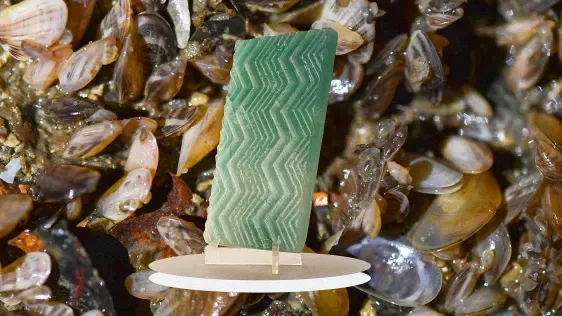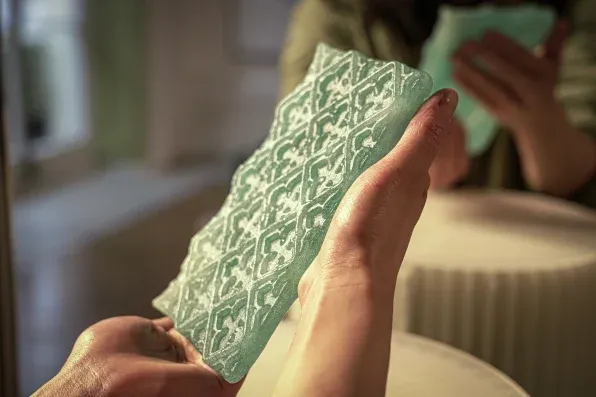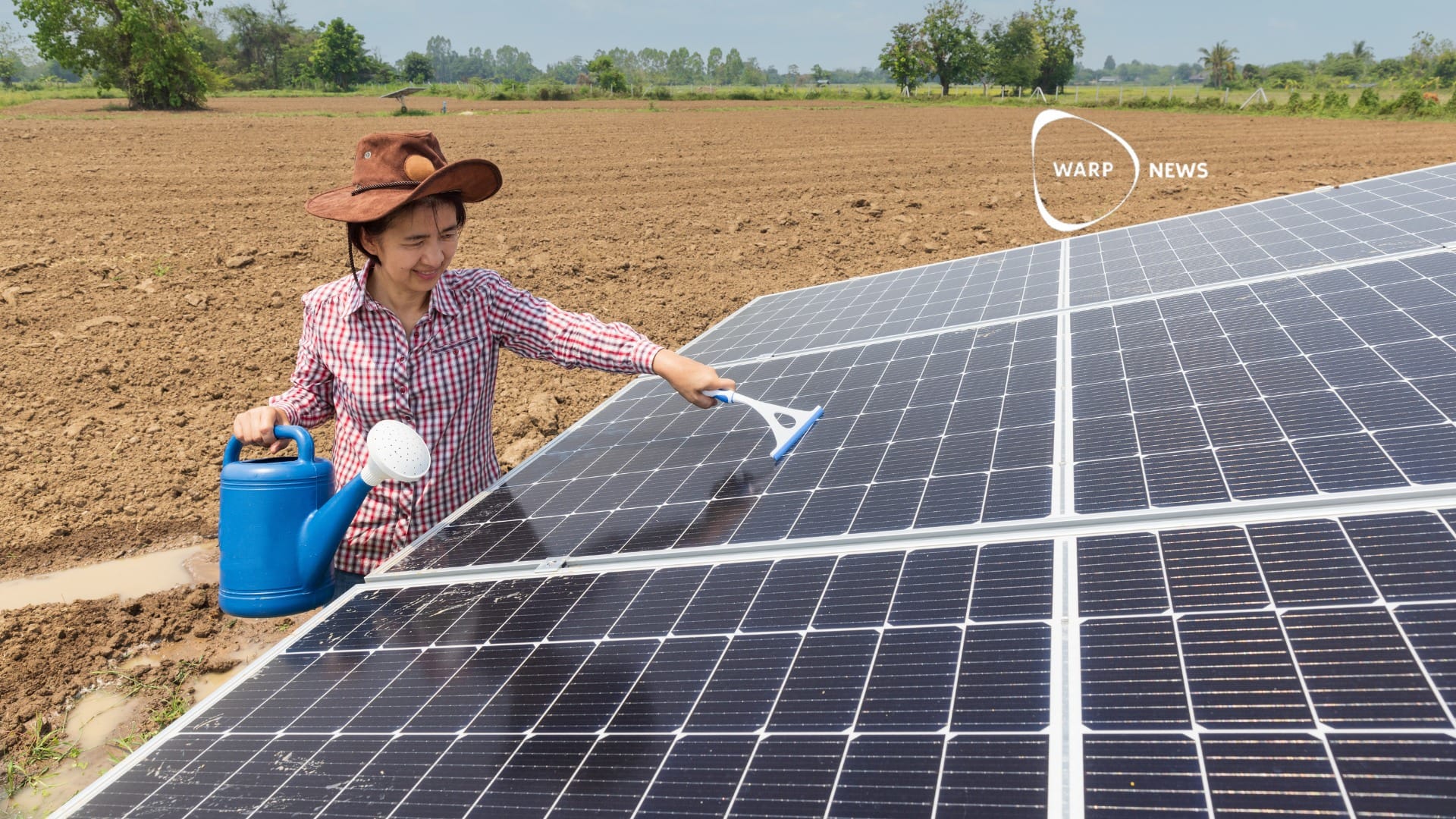
🐚 Mussel shells become beautiful tile
Mussels that clog London’s water pipes are being turned into beautiful tiles.
Share this story!
In London, an invasive mussel species, known as the quagga mussel, is clogging the water pipes. Sometimes, it can cost many millions in removing such species. But what if you could turn the mussels into a product and use the income together with the outgoing profits? Some designers in London are doing just this, they are making beautiful tiles of the mussels.
When this invasive mussel first started to clog the water pipes, Thames Water had to spend millions of pounds removing them. Most of the mussels ended up in landfills around London. Now however, some can be found in the designer Lulu Harrison's workshop. She uses the quagga mussel to make glass and her work caught the eye of many at London Craft Week’s Beautility exhibit.
Glass is one of the least polluting container materials available since it’s infinitely recyclable. Sand mining can be very ecologically damaging and particularly for rivers.

Harrison said to Fast Company that she used about 60% of regular sand from around the Thames, about 15 to 20% of mussel shells with a bit of soda ash, and another 20% of locally sourced waste wood ash that she hopes can eventually entirely replace the soda ash. This method results in something Harrison called “geo-specific glass”. It has been used in other regions in order to cut down on transportation costs by using local resources.
Harrison explains that the tiles could also open up a whole new world of bio-based, translucent materials:
“There are so many environmentally-friendly alternatives for solid materials, but there is nothing for anything transparent,” she says.
An architecture firm called Bureau de Change have teamed up with Harrison to produce Thames Glass which is a series of tiling for building façades. The series will celebrate the patterns of old London.
“Looking back at the Royal Doulton, which manufactured the city’s water pipes in the mid-19th century, as well as the city’s ornamental terracotta chimney pots, the cast glass tiles replicate some of the same intricate 19th-century patterns,” Bureau de Change writes.
In order to create the tiles, the mussels are first washed and then dried in the sun. After that they’re sieved into a fine powder and cooked into molten glass. It is rapidly cooled down after that and shattered to once again be ground up. This material is then fed into a 3D printer which creates the tiles.
Picture: Sophie Maccorquodale/courtesy Bureau de Change via Fast Company
By becoming a premium supporter, you help in the creation and sharing of fact-based optimistic news all over the world.


